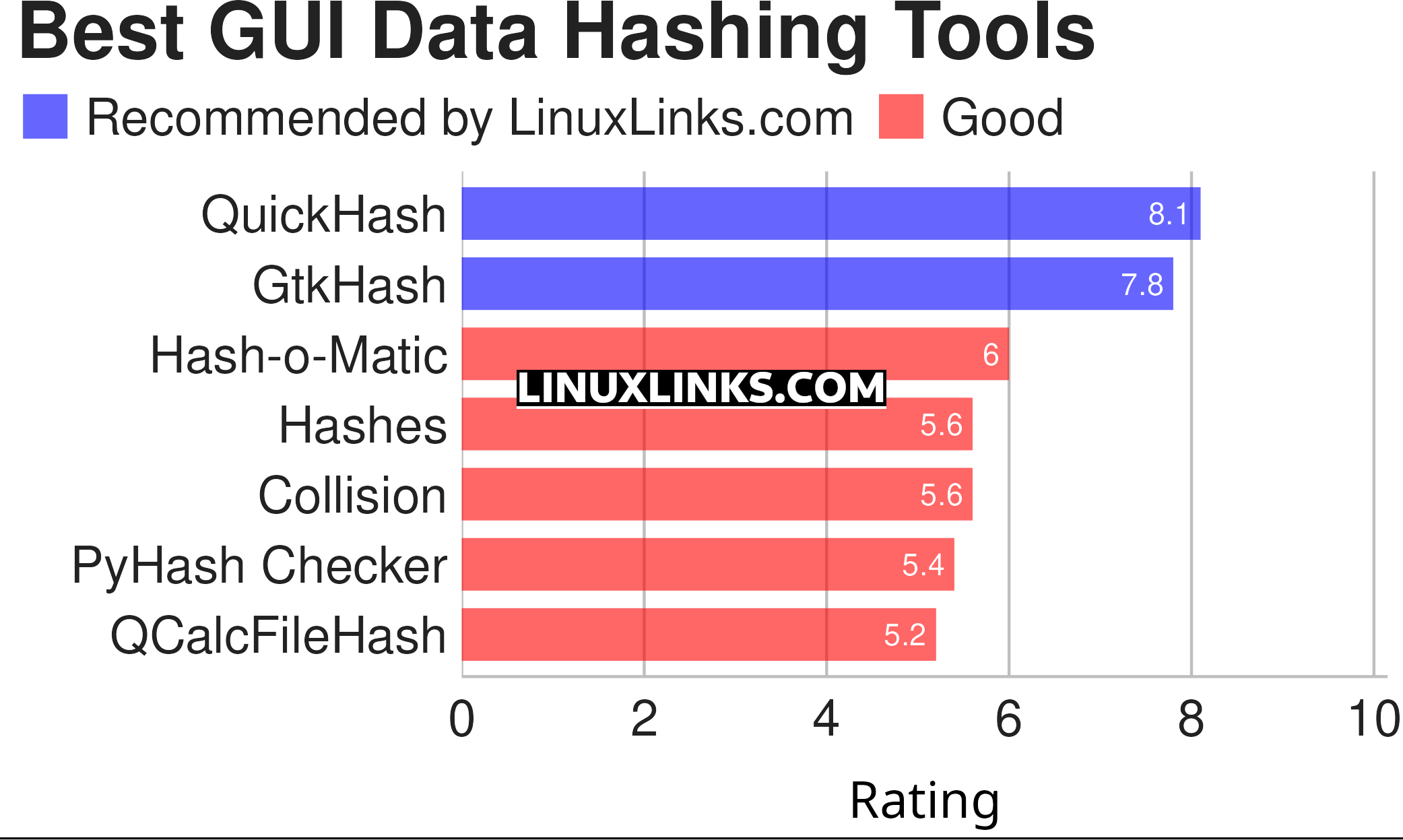Hashing is the process of passing data through a formula to produce a condensed fixed-value representation, called a hash value. That hash is typically a string of characters and the hashes generated by a formula are always the same length, regardless of how much data fed into it. For example, the MD5 formula produces 128-bit checksums. It converts data into blocks of specific sizes and manipulates that data a number of times.
Data security applications require the hash function is collision-resistant, which means that it is very hard to find data that will generate the same hash value. Hashing is an important method used for creating a digital signature and for encrypting data.
When you download a file from the internet, it’s good safety practice to check whether you received the original version. Comparing checksums you received from the file creator with the ones you obtain by checking the file yourself is a reliable way to confirm your download’s integrity.
This article picks the best GUI tools for data hashing. We only feature free and open source software.
Here’s our verdict captured in a legendary LinuxLinks-style ratings chart.

Let’s explore the data hashing GUI tools. For each program we have compiled its own portal page, a full description with an in-depth analysis of its features, together with links to relevant resources.
| GUI Data Hashing Tools | |
|---|---|
| QuickHash GUI | Data hashing tool |
| GtkHash | Desktop utility for computing message digests or checksums |
| Hash-o-Matic | Generate, compares and verify MD5, SHA-256 and SHA-1 hashes |
| Hashes | Simple hash algorithm identification |
| Collision | Checks hashes for your files |
| PyHash Checker | Check the cryptographic checksum of a file |
| QCalcFileHash | CLI and GUI hash calculator |
This article has been revamped in line with our recent announcement.
 Read our complete collection of recommended free and open source software. Our curated compilation covers all categories of software. Read our complete collection of recommended free and open source software. Our curated compilation covers all categories of software. Spotted a useful open source Linux program not covered on our site? Please let us know by completing this form. The software collection forms part of our series of informative articles for Linux enthusiasts. There are hundreds of in-depth reviews, open source alternatives to proprietary software from large corporations like Google, Microsoft, Apple, Adobe, IBM, Cisco, Oracle, and Autodesk. There are also fun things to try, hardware, free programming books and tutorials, and much more. |
